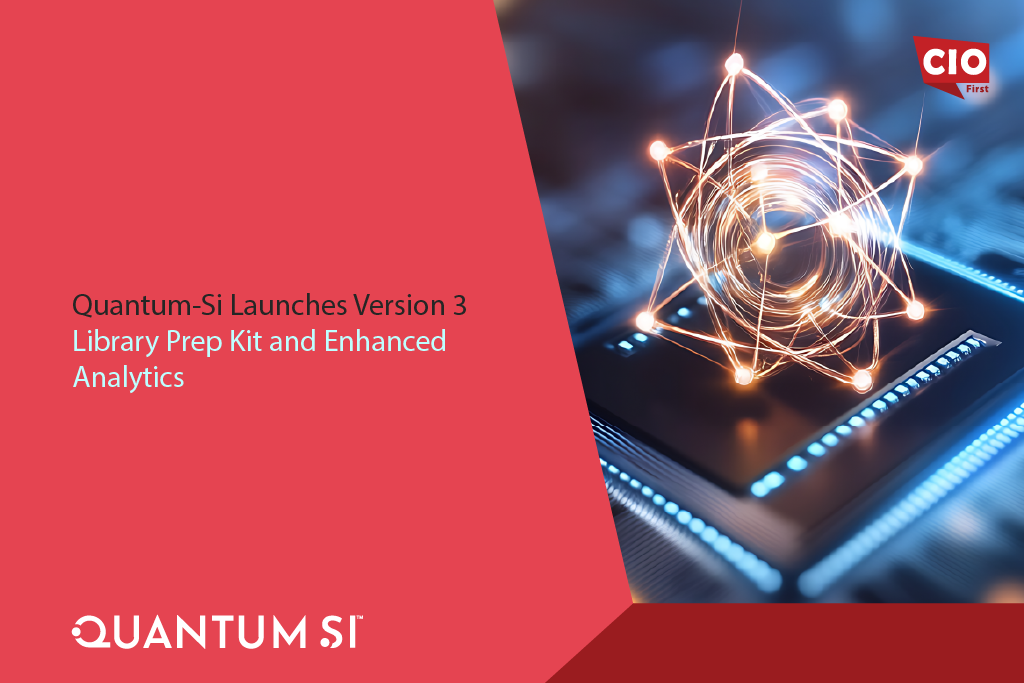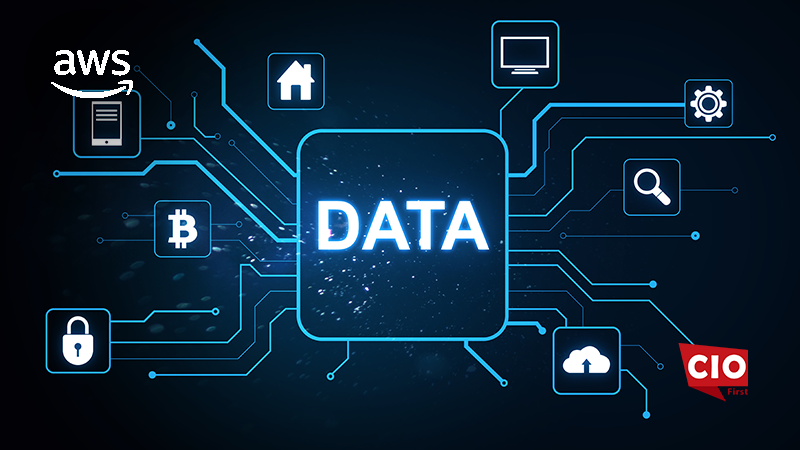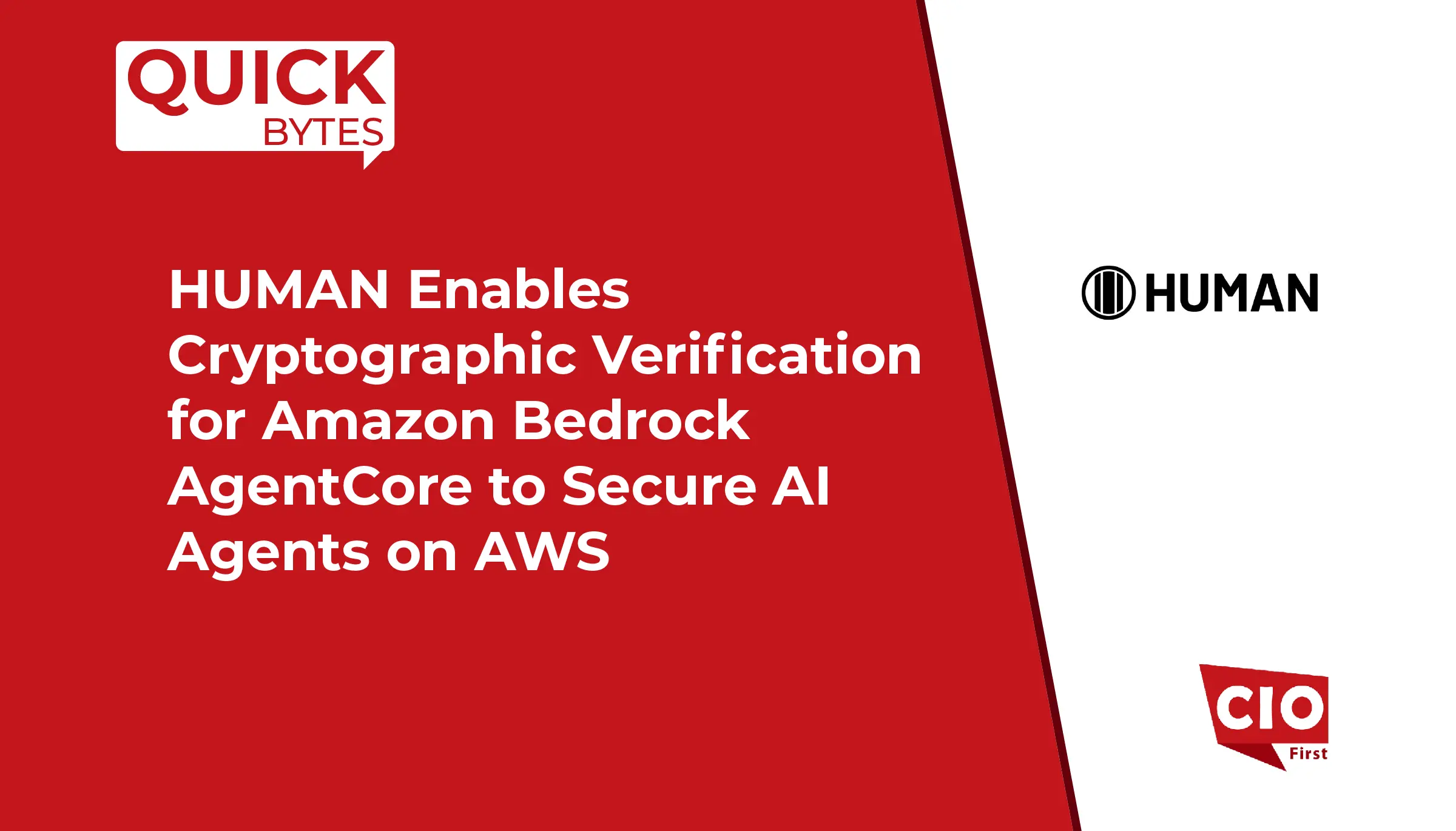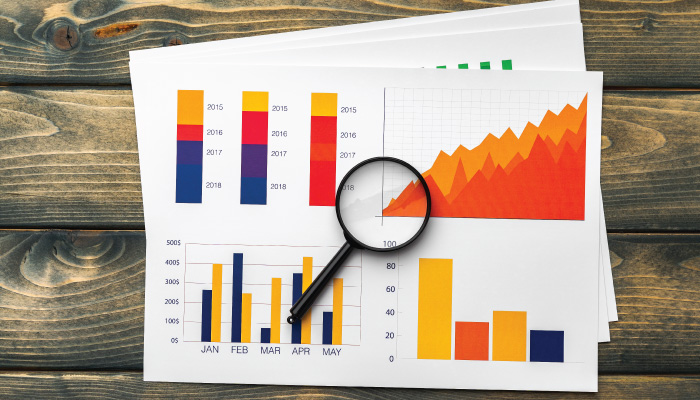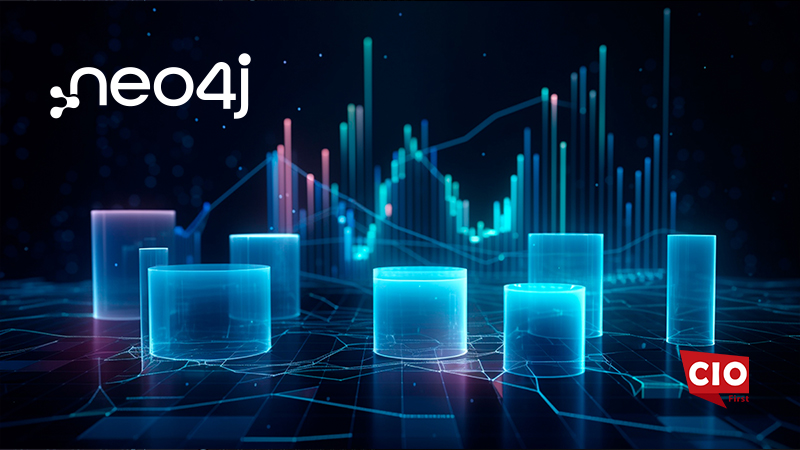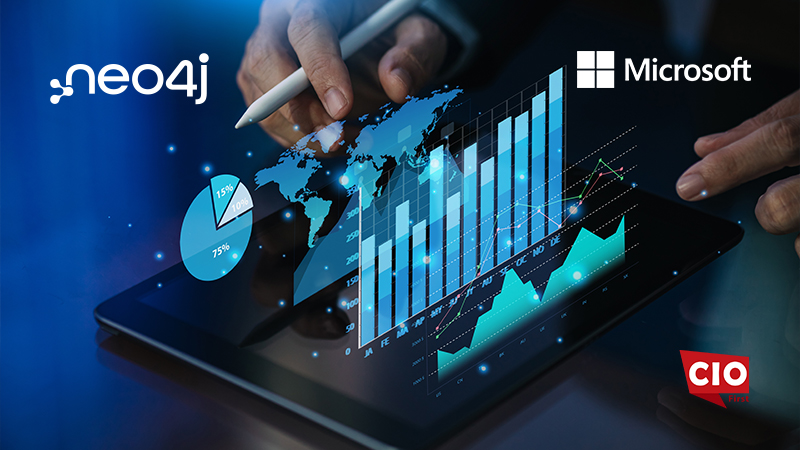“By choosing connected data platforms, organizations can extract the best possible insights from the extremely complex, often unstructured data that is available to help them discover relationships between the data, make sense of it and add value to your business,” says Rahul Tenglikar, Regional Director India, Neo4j in an exclusive interview with EnterpriseTalk.
ET Bureau: What is the role of graph data platforms in analyzing data?
Rahul Tenglikar: We all understand and know that the amount of data that is generated is humongous in today’s world. But what we generally don’t see is most of the data that is getting generated is increasingly connected – be it about people, processes, assets, supply chains, customers, vendors, etc. This essentially depicts humans as we are an interconnected race. Now, all of this interconnected data has traditionally been analyzed using relational platforms, which served well when graph technologies weren’t really there at disposal.
Today with the advent of graph technology and its maturity, analyzing this connected data helps in uncovering newer ways of solving core AI connected data use cases. In fact, Gartner predicts that by 2025, graph technologies will be used in 80% of data and analytics innovations, facilitating rapid decision making across the organization.
ET Bureau: What steps do you suggest to data scientists and developers to build ever-evolving intelligent applications and machine learning workflows at a faster pace?
Rahul Tenglikar: To build intelligent applications and machine learning workflows, data scientists should use AI & ML efficiently with an aim to integrate various facets of data in hand. They should use AI & ML to process a great deal of contextual and connected information, so they can learn from adjacent information, make judgments, and adjust to circumstances.
For example, an enterprise AI Platform using graph data science on connected data can boost machine learning models and successfully address complicated decision-making. These platforms can combine data, semantics, and a graph structure to create a knowledge graph with dynamic and deep context. With this, they can fast-track their entire decision-making and processes to build intelligent workspaces and workflows.
These steps can ultimately help catapult organizations in their growth through faster and better-quality insights.
Also Read: Is It Worth Hiring A Contract CIO?
ET Bureau: What can organizations do to extract the best possible insights from the extremely complex, often unstructured data that is available today that will allow them to make better forecasts and predictions?
Rahul Tenglikar: Today, competition is severe and having real-time information is essential for achieving high performance. Although there is a lot of data available to companies today, the relationships and correlations between those data pieces aren’t always transparent. Enterprises frequently lack the required skills and abilities to handle these problems and do not have the necessary tools to make sense of all this data.
By choosing connected data platforms, organizations can extract the best possible insights from the extremely complex, often unstructured data that is available to help them discover relationships between the data, make sense of it and add value to your business.
Organizations must have a connected data platform that can support design, enhance data, and create insights. For organizations that already have some graph analytics in place, they should look at pushing their capabilities further. A connected data platform like ours can go beyond just supporting the essential functions and enable operational applications, such as real-time card e-commerce fraud detection, border control, and so on. It also comes with a low TCO (total cost of ownership) and gives you the ability to customize capabilities according to your organization’s needs.
ET Bureau: How does Neo4j’s graph technology empower analysts and data scientists to increase their ML accuracy while driving contextual AI?
Rahul Tenglikar: The increasing power of an enterprise AI Platform paired with a graph data platform is successfully strengthening machine learning models and, as a result, effectively addressing empowered decision making. Both technologies, without a doubt, work together to make data interactions easier by being scalable, performant, efficient, and agile.
Making decisions demands a deeper understanding of relationships. Every day, humans make tens of thousands of decisions, most of which are based on observations of their surroundings. Likewise, machine learning and AI require the ability to access and process a large amount of contextual and connected data to learn from adjacent data, make decisions, and respond to changing situations.
Data is everywhere. The first step is to gather data ingestion – a process of gathering and transporting data from several sources to a storage media. The next step is to provide more context and connect the links rather than just collecting data. Business leaders require the maximum amount of context they can gather through technology to make smooth decisions.
As the creator of connected data platforms, we understand and innovate in this space more than anyone else. Neo4j is the only platform that integrates strong graph data science capabilities with a core graph database and visualization and management tools from a technical perspective.
ET Bureau: What trends do you expect to see in graph technology in 2022 and beyond? How can organizations keep up with them?
Rahul Tenglikar: Businesses, small and large, are using graph data platforms for reasons mentioned earlier in this Q&A. Gartner predicts that 2022 will see an almost 100% increase in graph adoption across industries. Organizations will realize that making sense of connected data and using graph platforms will give them a significant advantage over their peers who are stuck in the traditional relational database world. Of course, traditional databases will still have their use cases and will continue to remain strong in those areas. However, graphs will have more excellent traction in tailor-made use cases for them.
Also Read: Impact of CIOs on the Digital Transformation in the Industry
Organizations will also continue to generate newer use cases on graphs as the technology becomes more mainstream. Let me put it this way, any use case that involves more than three or four hops within the data will become a perfect candidate for the graph. Moreover, graph data science will cement its place as a de facto standard for many organizations and grow in its adoption.
For example, Synthetic identity fraud is the fastest-growing type of financial crime, with its growth expected to continue throughout 2022. Traditional approaches to dealing with this highly interconnected data problem are no longer feasible. To combat this fraud and other financial crimes, businesses should consider utilizing graph data science to identify complicated patterns that represent fraudulent behavior, allowing them to act before it has a severe impact. There will also be an increase in the number of “citizen data scientists” – employees who work with predictive/prescriptive analytics models.
Data science is one of the fastest-growing fields, and with the current “Great Reshuffle” in the workforce, organizations will make data science more accessible to help fill gaps in their teams.
[vc_column][vc_tta_tour][vc_tta_section title=”Rahul Tenglikar” tab_id=”1602598322051-0408cb00-0e1c”][vc_column_text]
Rahul Tenglikar is the Regional Director for India at Neo4j. His role includes setting up sales, channels and a go to market strategy for India. He will be responsible for building the India market and the presence of Neo4j. Rahul has extensive experience in delivering for organizations in both products and services space. Before joining Neo4j, he has been associated with companies like Course5i, Tableau and TCS.
[/vc_column_text][/vc_tta_section][/vc_tta_tour][/vc_column]







